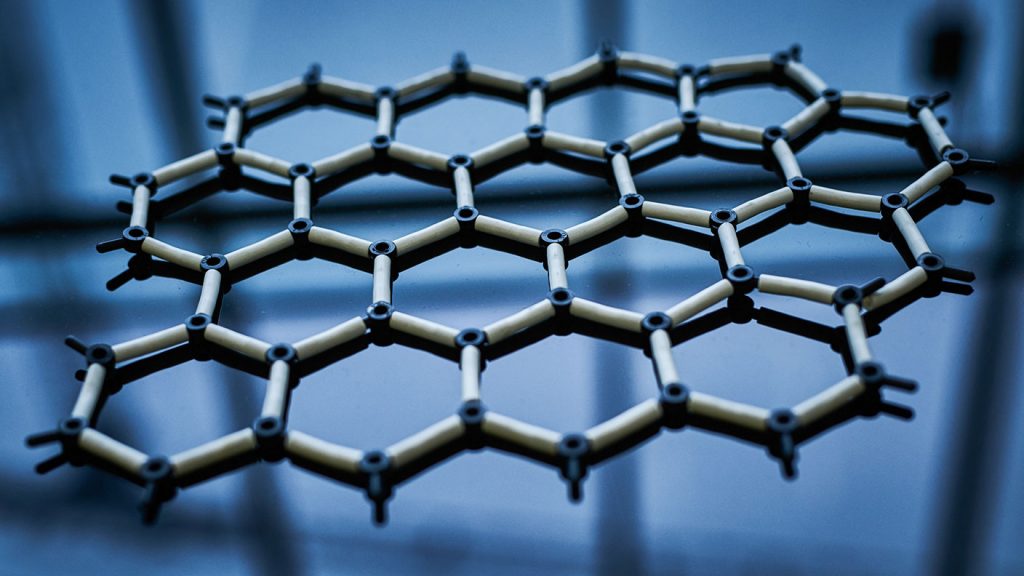All the chips in the very best CPUs and GPUs in the marketplace presently are made of silicon; however, they have limitations. Numerous studies are being conducted to find an alternative to silicon to continue scaling up efficiency without compromising energy efficiency.
One such possibility could be graphene, which probably supplies 10 times the efficiency of silicon while sustaining low energy consumption. Nevertheless, there’s an issue—it’s costly to make.
According to WCCFTech, graphene is an alternative to silicon-based chips, as we all know at present. The China Graphene Copper Innovation was created during the China Worldwide Graphene Innovation Convention, and for the first time in years, something graphene-related may come to fruition.
Engineers at IBM Research have claimed to have built the world’s most advanced graphene-based chip, which could perform 10,000 times better than previous graphene-integrated chips (ICs). The key to this milestone is a new manufacturing technique that allows the graphene to be deposited onto the chip without being damaged. To date, undamaged graphene has been very hard to achieve. It is claimed the new technique is compatible with standard Silicon (Si) complementary metal oxide semiconductor (CMOS) processes, meaning IBM is closer to realizing a commercial graphene computer chip.
Essentially, IBM Research has built a Si chip on a standard 200-mm Si wafer employing a standard CMOS fabrication process. The chip is a radio frequency (RF) receiver, acting as a normal chip with resistors, capacitors, and transistors, with one main difference: the transistor channels are made of graphene. The chip’s functionality means it receives and restores wireless signals in the 4.3 GHz range.
Though silicon is common at present on account of its excessive yields and acceptable manufacturing prices, graphene might be more expensive. It’s much, much stronger than silicon; in fact, it’s said to be 200 times stronger than metal. Regardless of that, it’s tremendously lightweight. A square meter of graphene weighs less than a milligram. It’s also extremely conducive, both thermally and electrically, and will replace copper in these futuristic chips.

